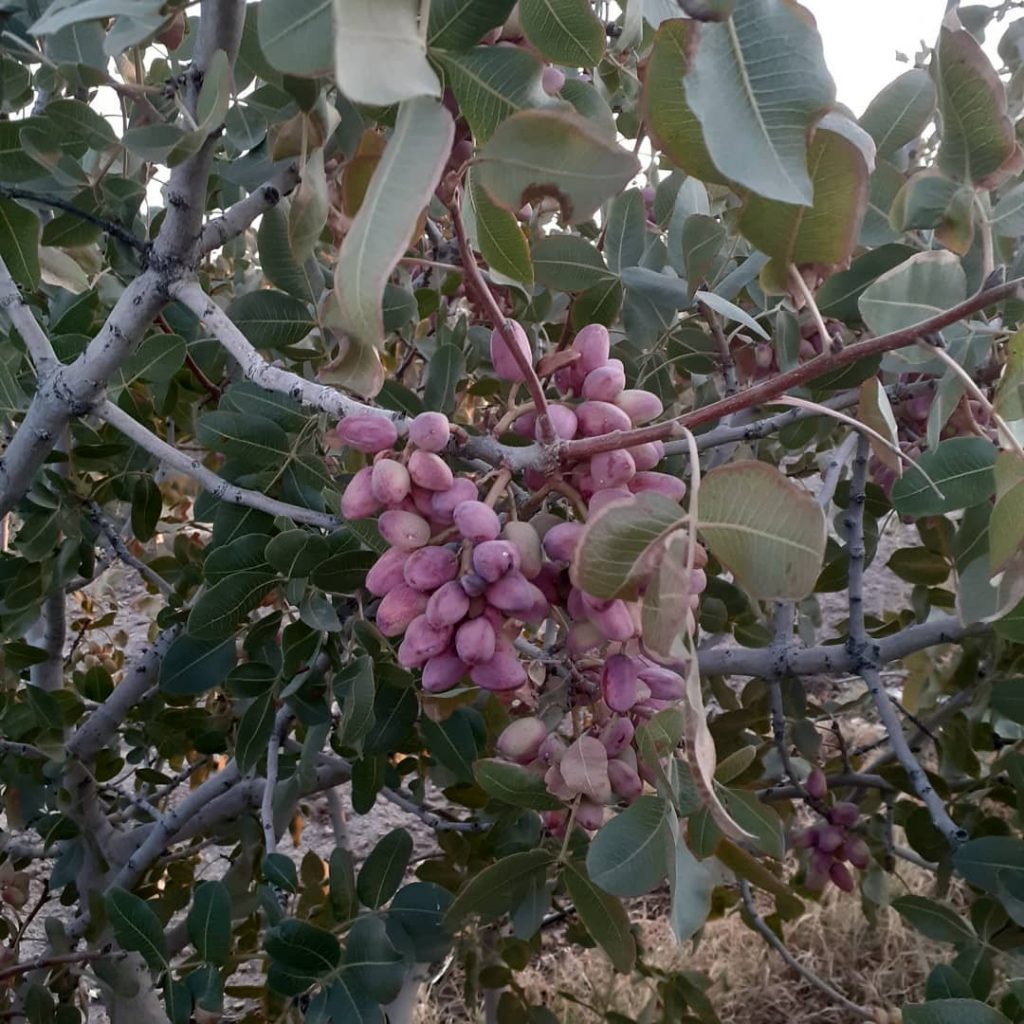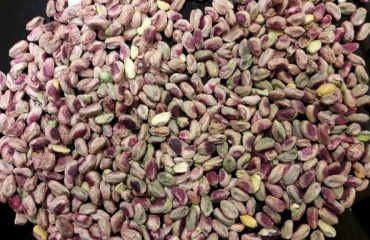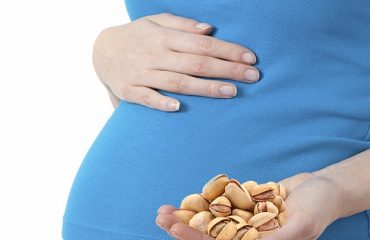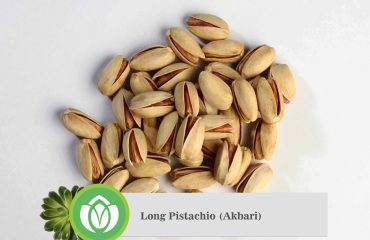Aflatoxin is a toxic chemical that is secreted by certain types of fungi of the Aspergillus family under certain circumstances and so far unknown. The fungus grows in favorable temperature conditions on many agricultural products such as corn, peanuts, figs, almonds and pistachios.
In different countries, public awareness of the dangers of consuming aflatoxin-contaminated foods is increasing. Experts first became aware of aflatoxin in the 1960s.
The aflatoxins are known to be the most potent mutagenic compounds (chemicals that cause genetic mutations in the cells of living organisms to increase the likelihood of these cells being cancerous); The incidence of liver cancer.
Contamination with the fungus and its subsequent secretion of the toxin may occur in the field, at harvest, processing, storage or shipment. The speed and severity of contamination will depend on the temperature and humidity of the environment, the soil condition and how it is stored.
Because the conditions leading to the production of aflatoxin toxin by Aspergillus fungi are unknown (unlike conditions favorable for fungal growth), efforts to counteract aflatoxin often focus on reducing or stopping the growth of dangerous Aspergillus fungi.
Aflatoxin can infect the crop in the field. Interactions between climatic conditions, fungal contaminants, insect bites and plant resistance determine the degree of contamination at the production stage. Also, through the pores created by insect bites, the vulnerable plant tissue is exposed to the fungi and subsequently secreted by the fungal toxins.
The most important factors affecting the fungal growth rate and potential are: moisture, temperature and time. Therefore, proper aeration and faster shipment of crop during harvest, proper drying of crop during processing and maintenance and transportation of processed product in low humidity environment play a vital role in preventing crop contamination with aflatoxin. In addition, since insect and rodent activity in crop storages can create localized moisture, small spaces suitable for fungal growth and toxin production must be taken seriously.
Aflatoxin in pistachio gardens
Many Aspergillus species of fungi infest the pistachio seeds before harvesting pistachios and in the garden, causing their kernel to spoil.
Although most pistachio seeds are naturally chilled before being harvested, the pistachio green skin prevents fungal access to the pistachio kernel. Research has also shown that pistachio green skin contains certain chemicals (phenolic compounds) that prevent the production of aflatoxin toxin. But if the skin is not healthy for various reasons and drying up, the pistachio seeds can be contaminated with fungi and even poison in the garden.
In some cases, the green skin may cling to the bone at the moment the pistachio is smeared, resulting in a cleft with the bone, resulting in the part of the pistachio kernel being left unattended. Such seeds are called “early” seeds. Early seeds in some cases may even make up to 30% of the total crop of a garden. Research has shown that aflatoxins are more likely to be infected with early green beans than healthy pistachio seeds. The interval between the date of early pistachio seed germination in the garden and the date of harvest has a significant effect on the probability and extent of aflatoxin poisoning.
Decay and breakdown of pistachio green skin may also occur for a variety of other reasons, including delay in harvesting, cracking due to severe temperature changes or other unknown factors, crunching and crusting of green skin, bird pecking, insect bites and carnivorous pests. Like the Crash Cream. On the other hand, the penetration of some insects into the bony skin (such as aging) is another way for Aspergillus to reach the pistachio kernel (even in the case of closed pistachios). The damage caused by pomegranate throat worms on pistachio kernels also greatly increases the risk of aflatoxin contamination. Research has also shown that water stress (dehydration), especially in late spring and weakness and pistachio tree disease, make the seeds more susceptible to Aspergillus. Rubbish and pistachio garden waste also provide a suitable environment for the growth of Aspergillus and thus increase the probability of aflatoxin toxin secretion.
Research Methods to Reduce Risk of Aflatoxin Infection
Controlling and reducing the risk of aflatoxin contamination requires the efforts of all pistachio producers, including gardeners, processors and traders. Educating workers on the hygienic principles of horticulture, processing, warehousing, and transportation of pistachio to the workers will have a great impact in this regard. In addition, researchers are exploring new ways to detect and control aflatoxin infection, particularly in the following three areas:
1. Release of safe fungi or bacteria in pistachio orchards that reduce the population of toxic Aspergillus species by increasing their population in the garden;
2. Manufacture of inhibitors of the toxin production process to prevent the release of aflatoxin by Aspergillus;
3. Detection and separation of pistachio seeds contaminated with aflatoxin by automatic ultraviolet light machines.
Economics of pistachio aflatoxin
Since it is impossible to completely eliminate aflatoxin in the pistachio production chain by currently known methods, it is the goal of all existing health laws to reduce the level of contamination with this toxin as much as possible. Therefore, the low level of aflatoxin in pistachio is widely accepted in all countries of the world. Also, there is no exact quantitative relationship between aflatoxin levels in pistachio and its health risks. For example, the Joint Committee on Food and Agriculture of the United Nations and the World Health Organization (WHO), which has been conducting research, have stated that the threshold level of aflatoxin (type B1) 10 ppb in foodstuffs is very different from the threshold of aflatoxin ( Type B1) 20 ppb not for human health.
Given this fact, the aflatoxin limit for pistachios is determined simultaneously by two factors:
1- Increasing product health;
2. Maintain profitability of low-risk crop production for production agents, especially farmers.
In other words, the determination of the aflatoxin permissible limit should not be so stringent as to pave the way for the bankruptcy of large numbers of pistachio producers (especially smallholders).
And last but not least, implementing all of the health tips to reduce the risk of pistachio contamination by aflatoxin requires a cost by the agents producing this product. Therefore, as long as market prices are not sensitive to aflatoxin contamination, expectation of these recommendations by gardeners, processors, and other production factors would be uneconomic and possibly unrealistic.




